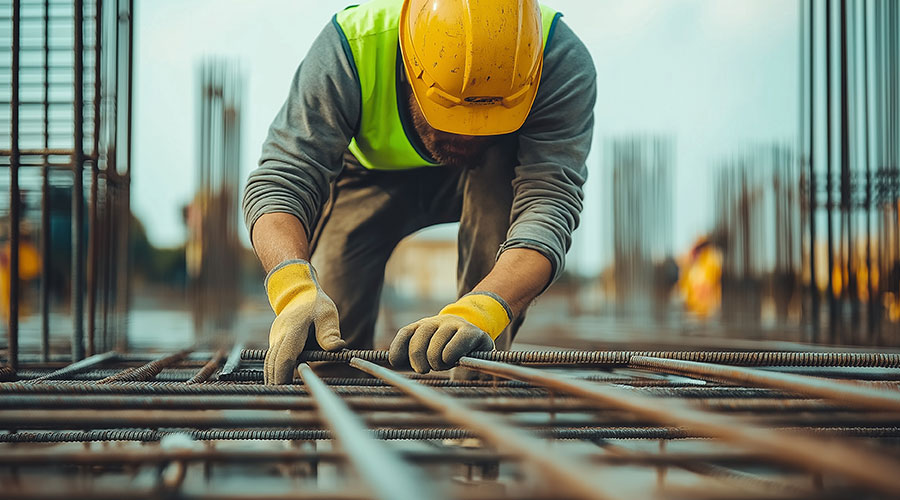The pre-construction phase of a new healthcare facility project is an opportune time for facility managers to make strategic decisions that will save time and money while setting up the organization for long-term success. Savvy decisions can help facilities meet long-term goals by creating consistency and eliminating waste. Careful planning with techniques such as virtual construction and building information modeling can help develop a plan to avoid more costly changes later.
Todd Paider, national director of construction programs for Medxcel, discusses preconstruction tactics that set up healthcare facilities for success.
Healthcare Facilities Today: What are the unique requirements of healthcare construction?
Paider: Healthcare facilities must meet specific building requirements — such as mandatory generators, energy infrastructure and fire doors — to protect safety and ensure high-quality care. These requirements vary by state, which means construction teams need to be familiar with both national and local compliance standards. Healthcare construction teams also need to consider patient needs as they design sensitive areas — such as operating rooms — consider behavioral health needs, and prepare for emergencies.
HFT: What material and design decisions during the pre-construction phase can benefit construction projects?
Paider: Hospital leaders can leverage their facility management partner to serve as the connection between the healthcare system and contractor. As a result of the existing relationship between the vendor and contractor, experience has shown that facilities can realize significant savings when working with a facility management partner compared to working directly with a contractor.
An important caveat to note is that hospitals should consider partnering with vendors who have healthcare industry expertise rather than those who serve a variety of sectors. Because healthcare has unique regulations and requirements, a team that specializes in this industry can address cost concerns between the construction team and hospital leadership to align pre-construction decisions with long-term goals, ensuring that everyone is on the same page. This collaboration minimizes time, confusion and expense.
Related: Three Steps to Strategic Capital Planning
When it comes to design choices during the pre-construction phase, one example a facility might consider is to identify the best way to build an exam room for each individual facility while also accounting for short-term immediate capital costs and long-term maintenance expenses. This includes evaluating different components, such as flooring.
One option could be less expensive to install but expensive to maintain, while others might come with a higher installation price tag but could provide long-term savings over its lifetime in operations and maintenance costs.
HFT: How can healthcare organizations use modular construction to hold down construction costs?
Paider: Since modular components are constructed off-site simultaneously with site preparation, overall project timelines are shortened. This means building projects can be completed faster compared to traditional construction methods. Additionally, the controlled factory environment enhances quality assurance, resulting in fewer defects and a superior standard of construction.
HFT: What are examples of consistent contracts and standardized processes that can help organizations hold down construction costs?
Paider: By having established systems and processes in place, healthcare teams are able to align with universal standards and best practices in healthcare facility construction, creating cost consistency by reducing the risk of unknown variables. Construction teams are also able to evaluate components, such as air handling systems, ahead of time and determine what type of unit is most suitable. We negotiate pricing for the selected equipment directly with the vendor for multiple upcoming projects to secure lower pricing and longer warranties.
HFT: What additional pre-construction issues should managers be aware of in seeking to make smart financial decisions?
Paider: Healthcare and the technology used will continue to evolve. Facility managers should keep this constant evolution in mind during the pre-construction phase to ensure a smooth process when the time inevitability comes to update a space to account for new clinical best practices or equipment to better serve patients, which can also lead to long-term cost savings.
Dan Hounsell is senior editor for the facilities market. He has more than 30 years of experience writing about facilities maintenance, engineering and management.

 Designing Healthcare Facilities for Pediatric and Geriatric Populations
Designing Healthcare Facilities for Pediatric and Geriatric Populations Kaiser Permanente Announces New Hospital Tower at Sunnyside Medical Center
Kaiser Permanente Announces New Hospital Tower at Sunnyside Medical Center Building Disaster Resilience Through Collaboration
Building Disaster Resilience Through Collaboration Amae Health Expands to New York City
Amae Health Expands to New York City Hospital for Special Surgery Opens Two New Facilities in New Jersey
Hospital for Special Surgery Opens Two New Facilities in New Jersey